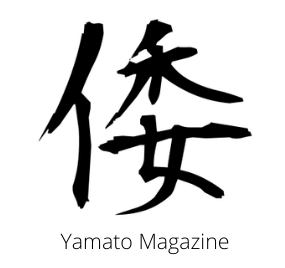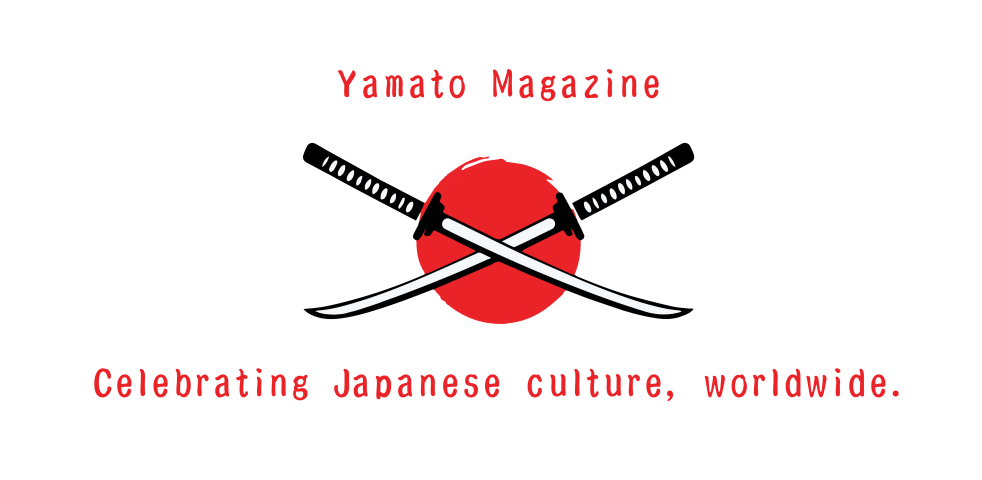
Japanese tattoos, also known as irezumi, is a distinctive art style that has developed over hundreds of years. Known for colourful mythology, monsters and nature motifs, irezumi is a beautiful expression of individualism. The ultimate expression of Japanese tattooing is the bodysuit, which covers the skin in a similar way to clothing.
Where did the bodysuit originate from?
Like irezumi, bodysuits took a long time to develop into the artistic masterpieces that they are today. During the Edo period, the bodysuit started to gain connotations of symbolic protection. The people who wore them left the section from their armpit to near the elbow untattooed as a way of showing that they weren’t tattooed as punishment.
Traditionally, men got bodysuits and women usually stuck to large backpieces. In the modern day, it’s far more common for men and women to get full bodysuits.

What are the styles of bodysuits?
Interestingly, there are several types of bodysuits and each one is unique to the wearer. Let’s take a look at each style:
Soushinbori – The Full Body Suit
Soushinbori is the ultimate expression of irezumi. It goes from the wrists to the neck and down to the ankles. The only parts of the body that remain untattooed are the hands, neck and feet. However, the genitals can remain untattooed as well because of how thin the skin is in that area.
Soushinbori may also be referred to as donburi. This is because they mimic the porcelain bowls that rice is typically served in. Donburi feature elaborate designs everywhere except the top and bottom rim.
Kame-no-Kou – The Tortoise Shell
The Kame-no-Kou has a very literal meaning. This type of bodysuit covers the back, buttocks and thighs. The wearer looks as if they are carrying a turtle shell on their back.

Munewari – The Split Chest Bodysuit
Another type of popular bodysuit, munewari translates to split chest. The arms, chest, back and legs are covered. But there is an untattooed space running down the middle. This style is thought to be inspired by the traditional Japanese workman’s coat.
Hikae – Shoulders And Arms
A Hikae bodysuit typically covers the arms, shoulders and chest. There are two types of Hikae:
- Deep – Extend over the chest and surrounds the nipples
- Shallow – Doesn’t extend over the chest
Nagasode – Long Sleeves
The long sleeves body suit is also associated with shirts. It covers the entire arm and end of the wrist. There are two lengths of nagasode;
- Kubu – Ends at the wristbone
- Tobu – Moves beyond the wristbone and stops before the hand
Shichibusode – The Seven-Tenth Sleeve Bodysuit
The Shichibusode consists of irezumi that stop below the elbow, as if a long sleeve shirt has been pulled up.
Gobusode – The Five-Tenth Sleeve Bodysuit
This style of bodysuit cuts off above the elbow, much like a short-sleeved shirt.
Senaka – The Back
The back is typically the favoured area for a bodysuit because it’s the largest canvas on the body. It’s important to note that a backpiece includes the buttocks and the thighs as well.
Far from the stereotypes of yakuza and criminals, Japanese bodysuits are wonderful expressions of creativity. I believe there’s something personal and magical about the images that irezumi evoke. They show a dedication to art, emotion and overcoming adversity.


Impressive & so philosophical! Wonderful post! Thank you!
LikeLiked by 1 person
Amazing. I’ve seen heavily tattooed people in the US and Europe, but the tattoos never seem to have as much art to them. No one seems to have given any thought to how they’ll work together.
LikeLike
Wow.
LikeLike
Thank you! Very informative
LikeLike